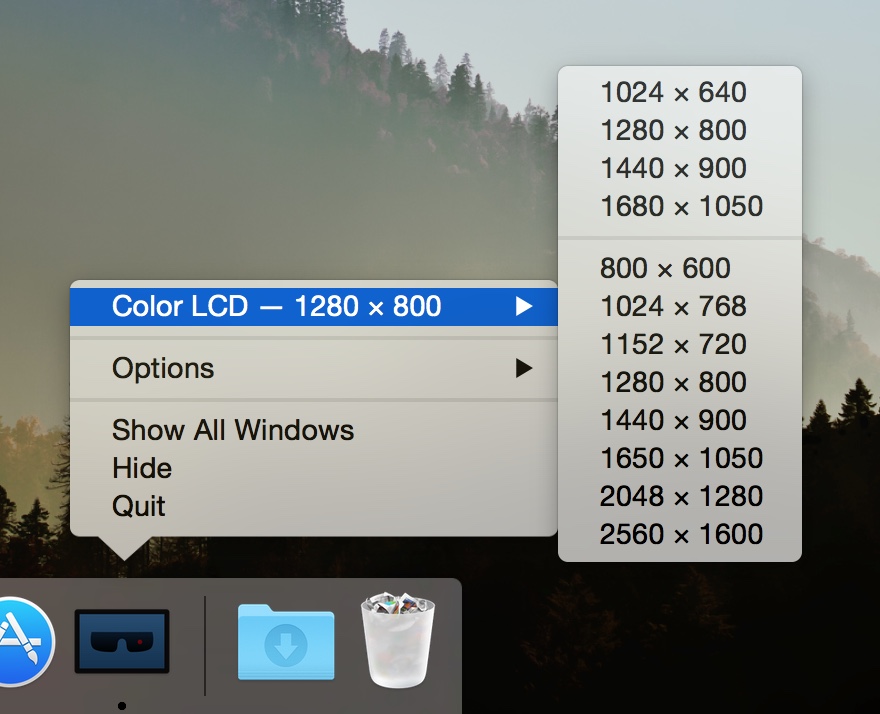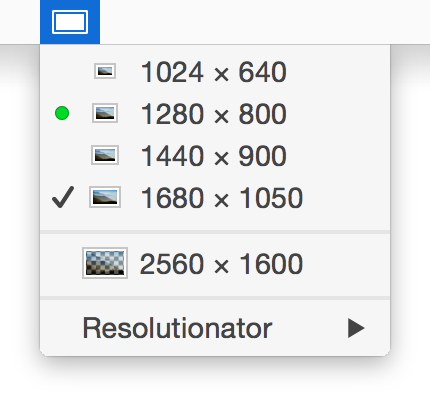Ever since Peter and I relaunched Many Tricks in 2010, we’ve never had an official software license agreement. The closest thing we’ve had is this blog post, which explains limits on the use of our apps across multiple Macs (tl;dr: Use them on as many Macs as you personally use). However, we’ve never had an actual end user license agreement (EULA) that spells out the legal license you agree to when you purchase one of our apps.
Well, we have one now—it’s also permanently linked in the sidebar here, and will be accessible from within our apps. And a really big thanks to Rich Siegel at Bare Bones Software, who generously agreed to let us use his document as a starting point. I found the Bare Bones EULA to be well written, brief, and easily understood; hopefully our version, which has only minor changes, is still all of those things.
After six years, why did we suddenly need an EULA? The truth is we probably should have had one from day one, but never really felt the need. Recently, however, we’ve received inquiries from government agencies and larger companies interested in buying our apps … and many of these customers aren’t allowed to purchase our apps unless we have an actual legal license agreement. So now we do.
Note that this doesn’t change anything relative to the usage of our apps; we still allow you to use one license to install our apps on as many Macs as you personally use. We just needed to have a formal legal software license for larger customers and government agencies.
 Many Tricks
Many Tricks


 First off, you can
First off, you can 
 Enter
Enter  As you surely know by now, Apple announced
As you surely know by now, Apple announced  No, not those resolutions, but resolutions like those seen at right. That’s right; Resolutionator brings back the menu bar resolution switching feature that Apple saw fit to remove at some point in the past.
No, not those resolutions, but resolutions like those seen at right. That’s right; Resolutionator brings back the menu bar resolution switching feature that Apple saw fit to remove at some point in the past.